Firefighters are often associated with their courageous efforts in extinguishing fires, but their responsibilities go far beyond that.
In this post, we will explore the various duties and roles of firefighters beyond fire suppression. From search and rescue operations to community outreach, firefighters play a crucial role in ensuring public safety.
Also, don’t forget to explore our FireFighter Shirts collection! Wear it with pride and honor the bravery of these everyday heroes. Shop now and wear your support on your sleeve with CustomYourShirt today. Choose from a variety of designs and styles to create your custom firefighter-themed shirt.
Primary Duties of Firefighters
Fire Suppression and Extinguishment
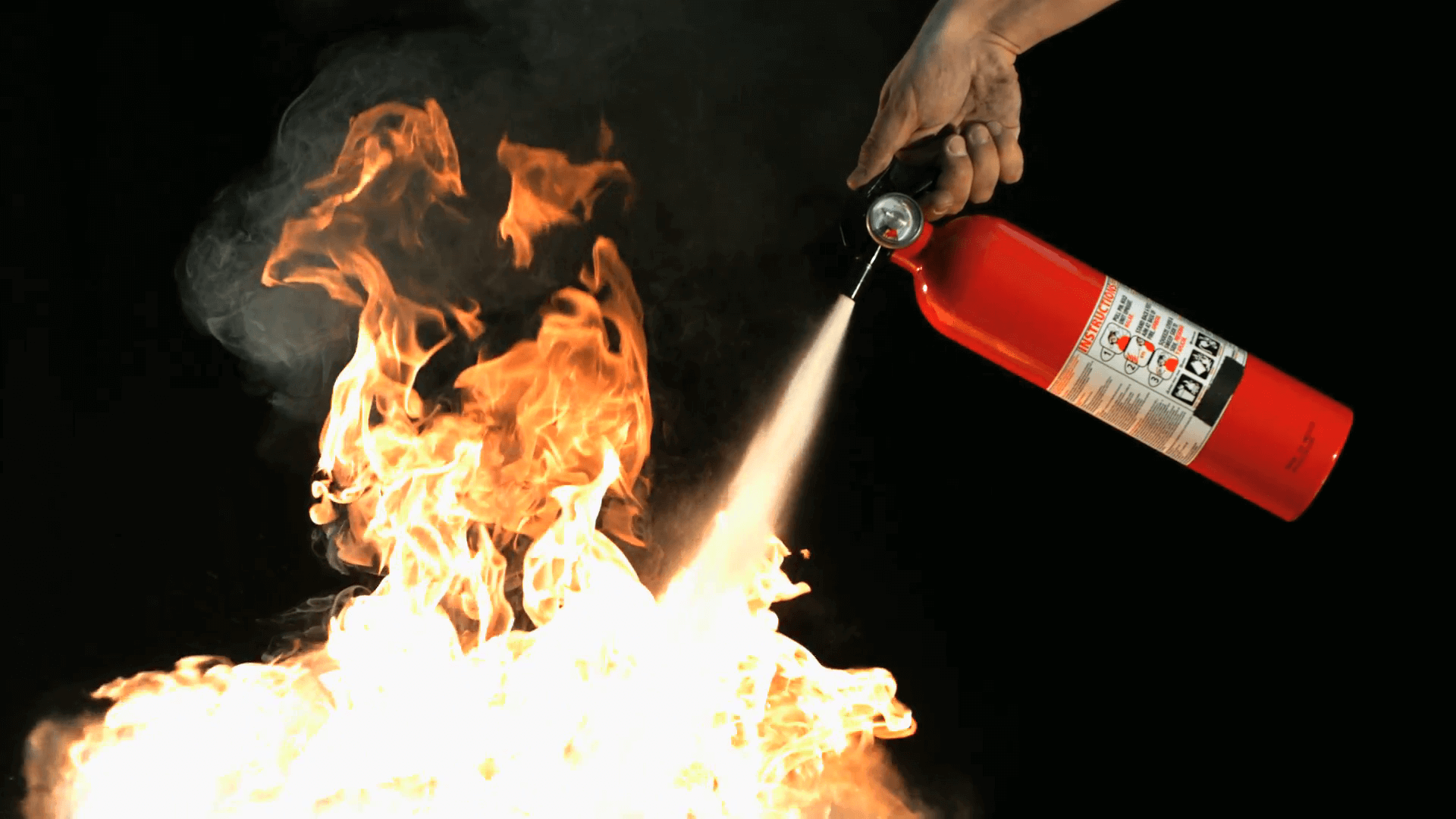
Firefighters fight fires. Firefighters are taught to extinguish fires swiftly and safely.
Firefighters quickly assemble protective apparel, helmets, and SCBAs after receiving a fire call. They arrive in fire engines or ladder trucks with equipment and water.
Firefighters immediately analyze the situation. They assess the fire’s size, location, severity, and potential threats including hazardous materials or structural instability. This assessment aids in planning.
Firefighters tackle fires together. They strategically place fire hoses and nozzles to spray water on the flames. Depending on the fire, they may use direct attack (aiming water directly at the flames) or indirect attack (cooling the area to prevent the fire from spreading).
Firefighters may use firefighting foam or other extinguishing materials to put out flammable liquid or electrical fires. They open windows and roofs to vent smoke and heat, boosting visibility and firefighting efficiency.
Communication and cooperation are crucial during firefighting. Firefighters update teammates on their progress and fire behavior. They monitor situations and adjust their techniques to protect themselves and possible victims.
Apart from fighting fires, firefighters have a fascinating tradition of having dalmatians as their loyal companions. You might wonder, why do firefighters have dalmatians? In that post, we’ll uncover the captivating history behind this tradition and explore the special bond between firefighters and their dalmatians. Get ready to unravel the mystery of why these spotted companions became an integral part of firefighting history. Stay tuned for the untold story of firefighters and their cute beloved four-legged friends!
Search and Rescue
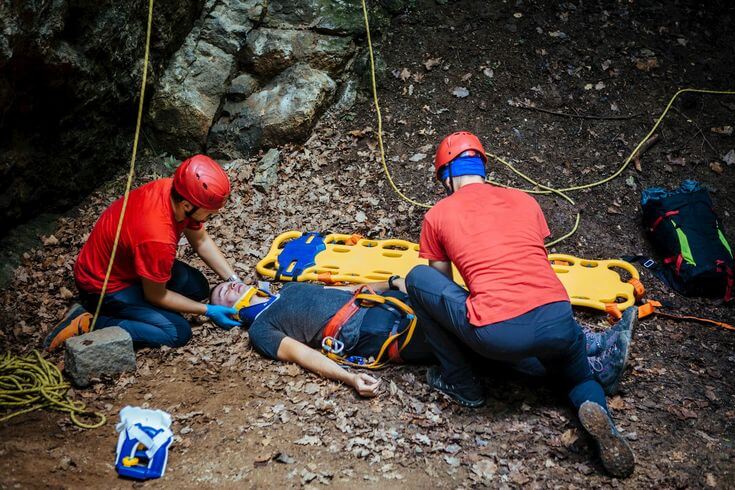
Firefighters are well-trained in emergency search and rescue. They search for and rescue those trapped in fires.
Firefighters first locate possible victims. They use residents, witnesses, and other sources to identify potential traps. They swiftly analyze the structure’s stability, smoke, and other issues that could affect rescue efforts.
Firefighters enter burning buildings cautiously with protective gear and specialized tools. They navigate extreme heat, smoke, and low visibility. They crawl or utilize thermal imaging to find disoriented or hiding victims.
Firefighters rescue people using numerous methods. They may carry victims to safety, help them navigate barriers, or use axes, pry bars, or hydraulic equipment to clear rubble and construct evacuation routes.
Firefighters constantly reassure and coach victims and team members to ensure a safe and speedy evacuation. After leaving, they examine victims’ medical requirements and offer urgent care until medical specialists arrive.
Rapid Response to Emergency Calls
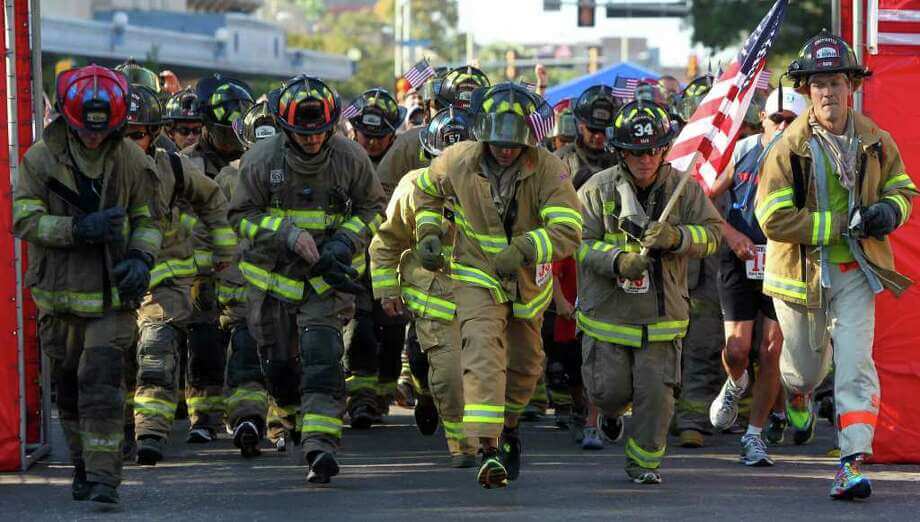
Firefighters are not only responsible for fighting fires but also for responding to a wide range of emergencies. They are trained and equipped to handle various incidents, such as vehicle accidents, hazardous material spills, and medical emergencies.
When an emergency call comes in, firefighters promptly mobilize their resources and rush to the scene. They coordinate with other emergency services, such as paramedics or law enforcement, to ensure a comprehensive and coordinated response.
In the case of vehicle accidents, firefighters secure the scene, assess the situation for potential hazards, and provide immediate medical attention to injured individuals. They may use specialized equipment, such as hydraulic rescue tools (commonly known as “jaws of life”), to extricate victims trapped in vehicles.
What Do Firefighters Do Other Than Fighting Fires?
Fire Prevention and Inspection

Firefighters play a critical role in fire prevention. They conduct routine inspections of buildings, homes, and public spaces to identify potential fire hazards and ensure compliance with fire safety regulations. By proactively addressing these hazards, firefighters help reduce the risk of fires and protect the community.
During inspections, firefighters thoroughly assess various elements, including electrical systems, heating and cooling systems, flammable materials storage, and fire suppression systems.
They check for faulty wiring, overloaded circuits, improper storage of chemicals, blocked fire exits, and other potential risks. If any violations or hazards are identified, firefighters work with property owners to rectify the issues and ensure compliance with fire safety codes.
In addition to inspections, firefighters provide recommendations and guidance on fire safety measures. They educate property owners and occupants about proper fire prevention practices, such as the importance of smoke detectors, fire extinguishers, and evacuation plans.
By raising awareness and offering practical advice, firefighters empower individuals to take proactive measures to prevent fires and protect themselves.
Public Education and Community Outreach
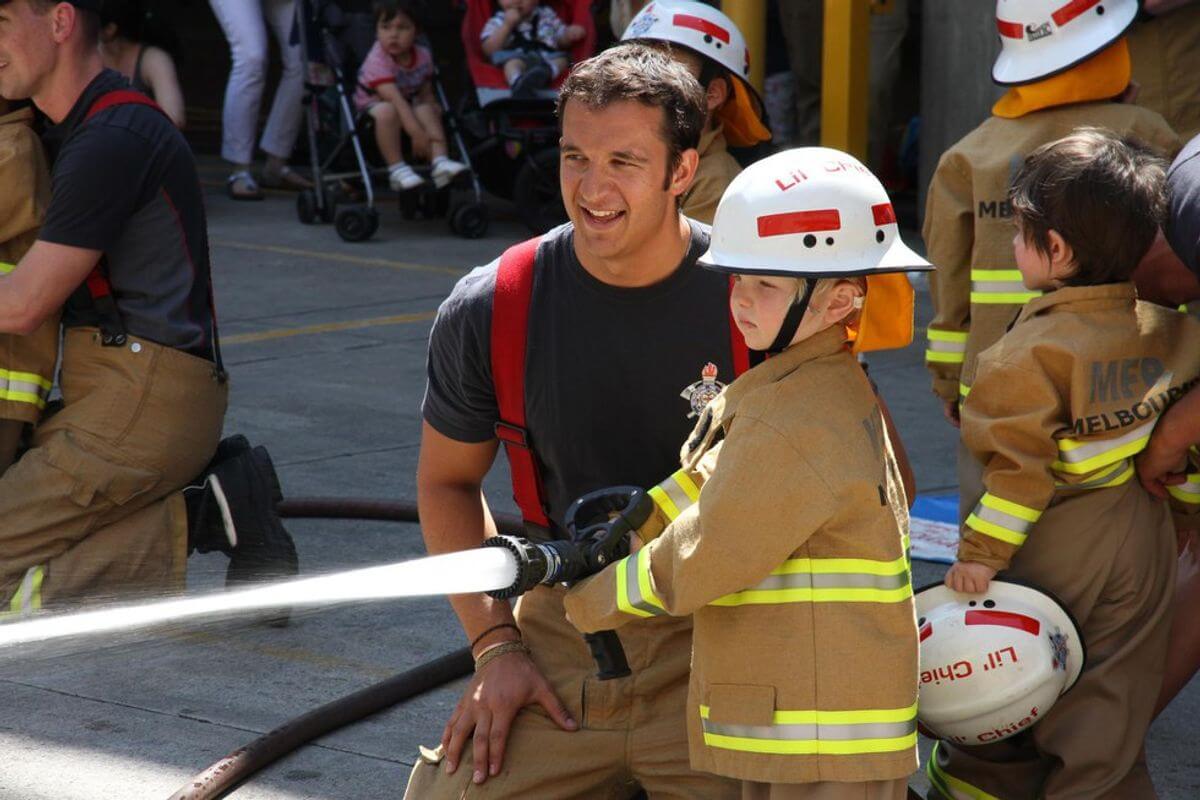
Firefighters actively engage in public education campaigns and community outreach initiatives to raise awareness about fire safety. They recognize the importance of educating individuals of all ages to create a fire-safe community.
Firefighters visit schools, community centers, and other public venues to deliver presentations and interactive demonstrations on fire safety. They teach children and adults how to prevent fires, properly use fire extinguishers, and develop evacuation plans. Firefighters often use engaging activities, such as fire safety drills or simulated fire scenarios, to enhance learning and ensure that individuals understand the necessary precautions.
Additionally, firefighters participate in community events, fairs, and open houses to interact with the public and answer questions regarding fire safety. They distribute informational materials, such as brochures or pamphlets, containing essential fire prevention tips and emergency contact information.
By actively engaging with the community, firefighters foster a sense of partnership and encourage individuals to prioritize fire safety in their daily lives.
Beyond their brave firefighting duties, firefighters engage in a multitude of essential tasks. Some of these dedicated professionals also express their commitment through tiny tattoos. Discover the inspiring stories behind these inked tributes by exploring our post small unique firefighter tattoos. Uncover the fascinating world of these real-life heroes and their enduring symbols of bravery and unity.
Equipment Maintenance

Firefighters are responsible for the maintenance and testing of firefighting equipment and apparatus. This includes fire engines, hoses, breathing apparatus, personal protective equipment, and specialized tools.
Regular inspections and servicing are conducted to ensure that all equipment is in optimal working condition. Firefighters carefully examine each piece of equipment, checking for any signs of wear, damage, or malfunction. They perform routine maintenance tasks, such as lubrication, cleaning, and calibration, to keep the equipment functioning at its best.
Firefighters also conduct testing and performance checks to verify the reliability and effectiveness of firefighting equipment. This includes flow testing fire hoses, conducting pump tests on fire engines, and ensuring that breathing apparatus meets safety standards.
By meticulously maintaining and testing their equipment, firefighters can rely on it during emergencies, minimizing the risk of equipment failure and ensuring their safety while combating fires.
Training and Skill Development
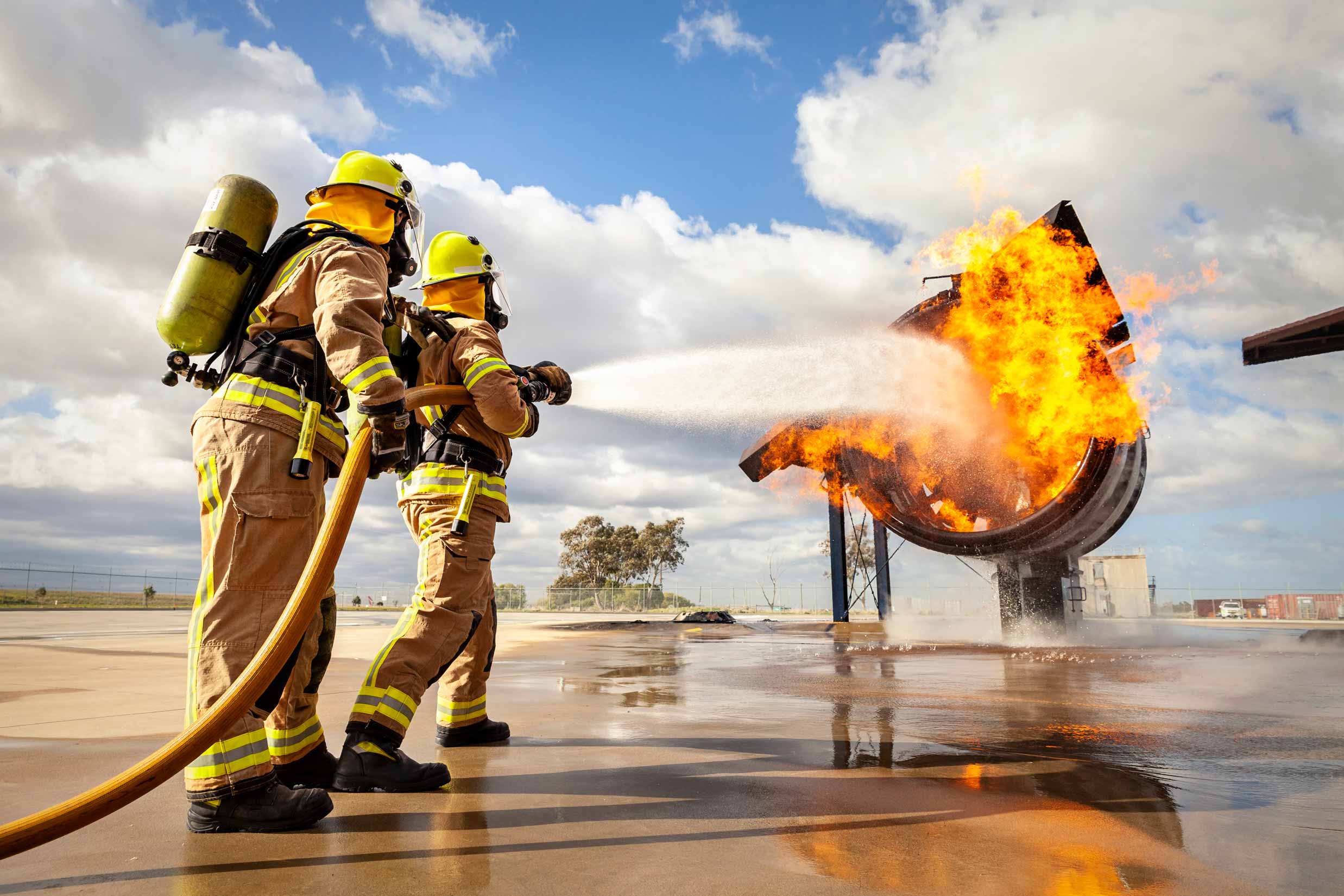
Firefighters undergo continuous training to enhance their skills and stay updated on the latest firefighting techniques, equipment, and safety protocols. Training programs are designed to prepare firefighters for a wide range of emergency situations they may encounter in their line of duty.
Training sessions cover various aspects of firefighting, including fire behavior, search and rescue techniques, ventilation procedures, hazardous materials handling, and emergency medical care. Firefighters participate in simulated firefighting scenarios, allowing them to practice their skills in a controlled environment.
Firefighters also engage in specialized training to handle specific emergencies, such as water rescue and swiftwater operations. This training equips firefighters with the knowledge and skills required to safely rescue individuals in distress in water-related incidents.
Continuous skill development is crucial for firefighters to adapt to evolving fire dynamics and advancements in technology. They attend workshops, seminars, and conferences to learn about new firefighting tactics, emerging technologies, and advancements in fire safety.
Water Rescue and Swiftwater Operations
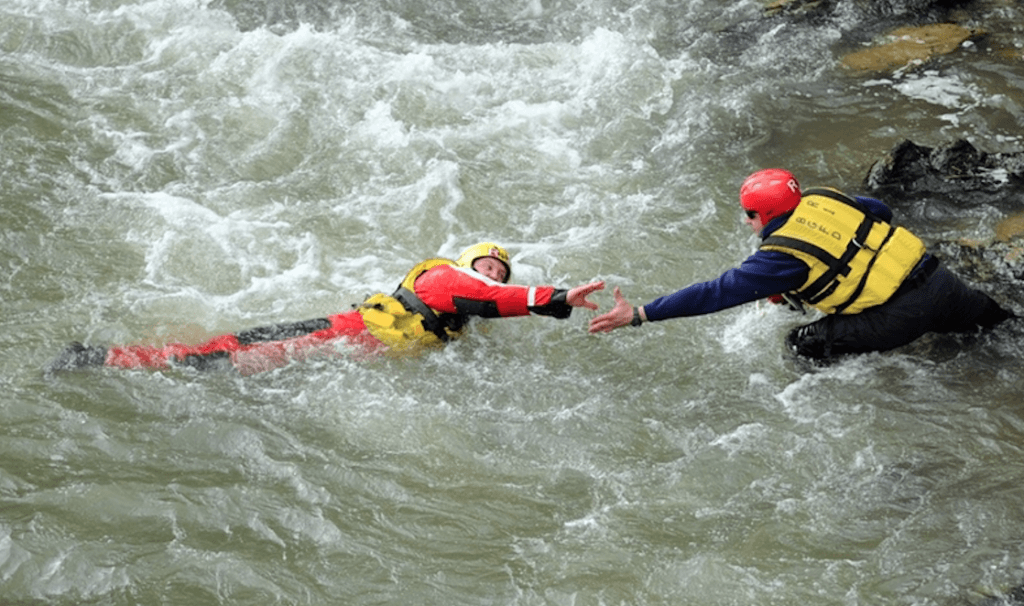
Firefighters are often trained in water rescue and swiftwater operations to respond to emergencies involving bodies of water. These situations can include water-related accidents, drowning incidents, flooding, or swiftwater rescues.
During water rescue operations, firefighters utilize specialized equipment such as throw ropes, life jackets, rescue boats, and flotation devices. They employ techniques to safely approach and rescue individuals in distress, whether they are stranded on a submerged vehicle, caught in a strong current, or struggling to stay afloat.
Swiftwater operations require advanced skills and training due to the unpredictable nature of fast-moving water. Firefighters are trained to assess the speed and force of the current, identify potential hazards, and utilize rope systems and strategic positioning to perform rescues safely.
Firefighters who specialize in water rescue undergo extensive training in swiftwater rescue techniques, including self-rescue, victim retrieval, and maintaining their own safety in hazardous conditions. This training enables them to navigate challenging water environments and effectively rescue individuals in need, often collaborating with other emergency response teams such as paramedics or dive teams.
Physical Fitness Training
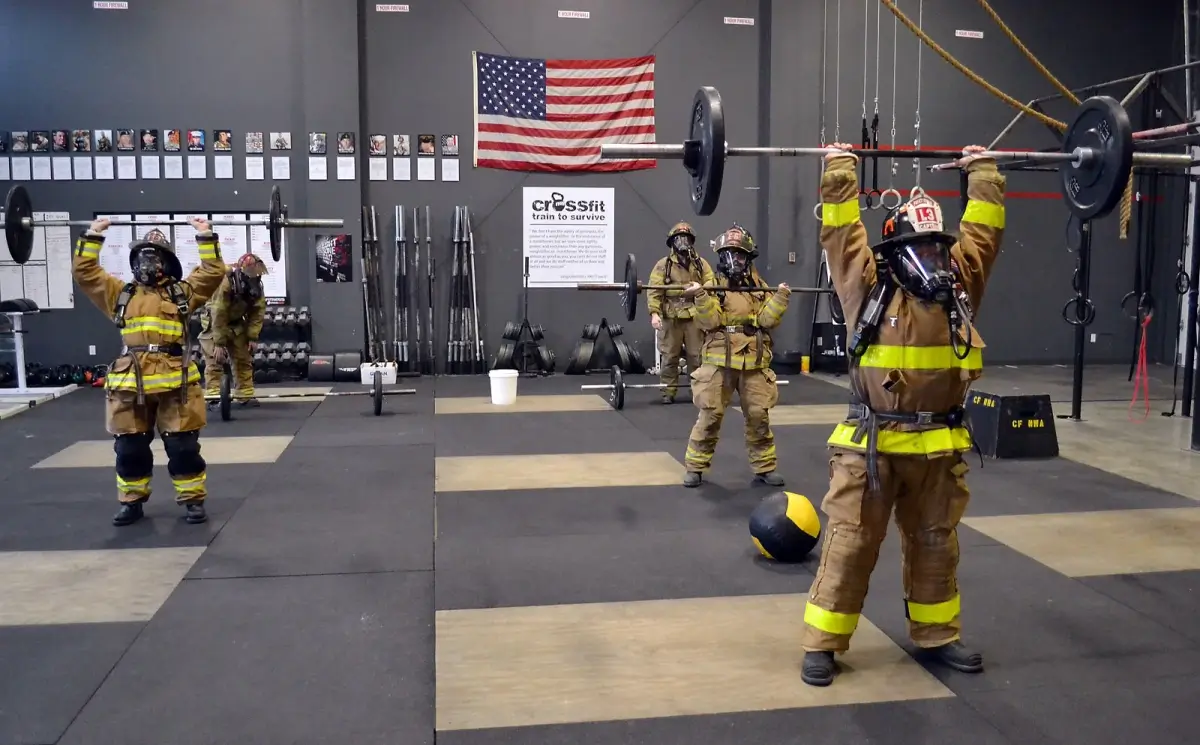
Physical fitness is crucial for firefighters as their job requires strength, stamina, and agility. Firefighters engage in regular physical fitness training to maintain their physical well-being and perform at their best during emergency situations.
Physical fitness training includes a combination of cardiovascular exercises, strength training, flexibility exercises, and endurance activities. Firefighters participate in activities such as running, weightlifting, circuit training, and interval training to improve their overall fitness levels.
Maintaining physical fitness is essential for performing physically demanding tasks, such as carrying heavy equipment, climbing ladders, dragging hoses, and rescuing individuals in high-stress situations. Regular fitness training also helps prevent injuries and enhances firefighters’ ability to cope with the physical and mental demands of their job.
Fire departments often have dedicated fitness facilities and resources to support firefighters’ physical fitness goals. Trainers and fitness instructors work with firefighters to develop personalized fitness plans and provide guidance on proper exercise techniques and injury prevention strategies.
Relaxing

Firefighting is a demanding profession that involves long hours, high-stress situations, and exposure to traumatic events. To maintain their mental and emotional well-being, firefighters require periods of relaxation and downtime.
During their shifts, firefighters have designated rest periods to recharge both physically and mentally. These rest periods allow them to relax, engage in leisure activities, and bond with their colleagues. They may use this time to eat, rest, read, exercise, or engage in hobbies that help them unwind.
The camaraderie among firefighters is an essential aspect of relaxation. Building strong relationships with their team members fosters a supportive work environment where firefighters can decompress, share experiences, and provide emotional support to one another.
Additionally, fire departments often provide resources for mental health support and counseling services. Recognizing the potential impact of the traumatic incidents they witness, firefighters have access to professional assistance to address and cope with the emotional toll of their work.
By prioritizing relaxation and mental well-being, firefighters can maintain their resilience, focus, and effectiveness in serving their communities.
Don’t forget that our heroes love presents too! Show your appreciation and support for these brave individuals by gifting them something special that aligns with their passion and dedication. Our gift ideas will surely make them feel valued and cherished for all the hard work they do beyond fighting fires. Click here to explore our gift ideas for a firefighter and make their day even brighter!
Do Firefighters Have Days Off?
Firefighting is a demanding profession, but firefighters also have days off to rest and spend time with their families. Shift schedules may vary, but firefighters typically work in shifts of 24 to 48 hours, followed by a period of rest.
This schedule ensures continuous coverage and enables firefighters to maintain a healthy work
FAQs
Why do firefighters do more than fight fires?
Firefighters do more than fight fires because they are trained to handle various emergencies, such as medical incidents, rescue operations, hazardous materials incidents, and natural disasters. They also play a crucial role in fire prevention, community outreach, and public education on fire safety. Their diverse responsibilities ensure public safety and make them valuable assets in their communities.
How do firefighters handle emergencies that occur during their off days?
When firefighters are off-duty, they are typically part of a larger firefighting organization that handles emergencies 24/7. Off-duty firefighters may be called back to the station if needed, or neighboring fire departments can provide mutual aid. Volunteer firefighters can also respond to emergencies, and firefighters may trade shifts or work overtime to ensure sufficient staffing.
Make sure you follow CustomYourShirts to keep up with the newest styles and designs. You can help us achieve our goal of offering one-of-a-kind, tailor-made items by enjoying and sharing our content! xx

I am passionate about the captivating world of art. Nature, human emotions, and creative expression inspire me as an artist. I let my imagination run wild and express my deepest feelings through painting, sculpting, or mixed media. Let’s explore it!
